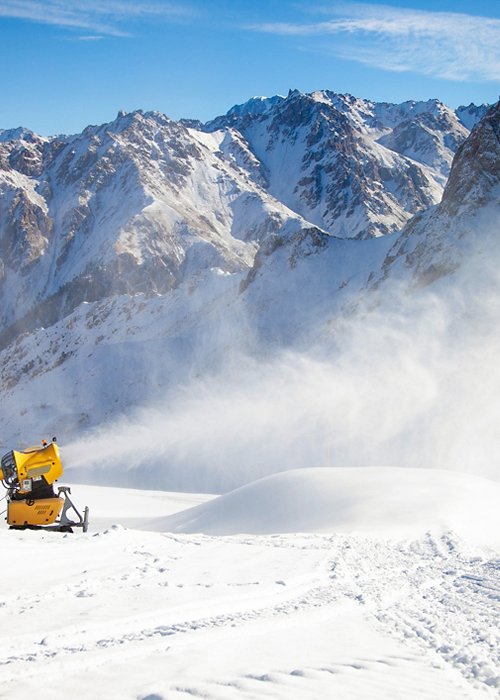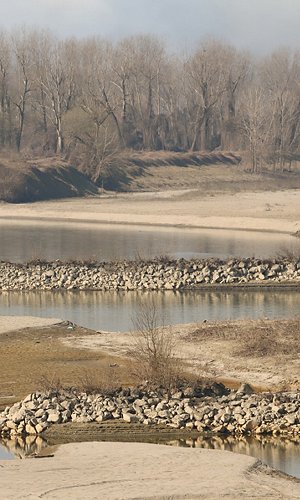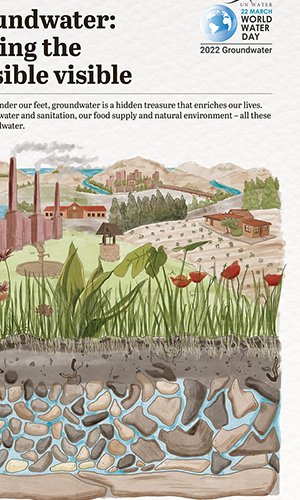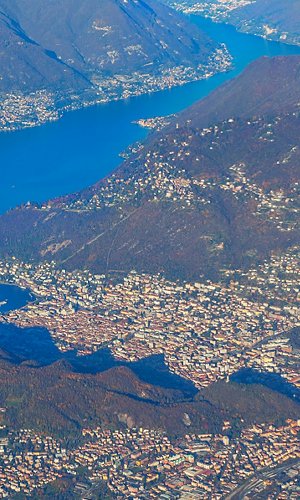This winter, the effects of the climate crisis, low rainfall and rising temperatures were strongly felt in the mountains. Snowfall was low, a fact which also had a negative impact on winter tourism and the ski season. To compensate for the lack of natural snow, Italy has turned to artificial snow-making, a practice that is unsustainable and quite costly in economic terms.
The data in the new Legambiente report "Nevediversa 2023. Winter tourism in the era of climate crisis" presented a few days ago in Turin is clear. Italy, according to the latest available estimates, is one of the Alpine countries most dependent on artificial snow, with 90% of its slopes artificially covered with snow. Austria (70%), Switzerland (50%), France (39%) and Germany (25%) follow. The number of water reservoirs in the mountains located near Italian ski resorts and mainly used for artificial snow-making is worrying: using satellite images, for the first time Legambiente has mapped these reservoirs, counting as many as 142 of them, with a total surface area of approximately 1,037,377 square metres. Trentino Alto Adige leads with a record 59 reservoirs, followed by Lombardy with 17 and Piedmont with 16. In central Italy, Abruzzo has the most, four.
According to Legambiente, artificial snow-making is not a sustainable and adaptive practice, as it involves substantial consumption of water, energy and soil in highly valuable areas. In particular, the association made the following estimate: considering that 90% of the slopes in Italy are equipped with artificial snow-making systems, the annual water consumption could already be as much as 96,840,000 m³, corresponding to the annual water consumption of a city with about one million inhabitants. In addition, artificial snow-making requires increasing investments in new technologies and enormous expenditure for the public administration. Furthermore, the cost of artificial snow-making is also rising, from around 2 euros per cubic metre in 2021-2022, to 3-7 euros per cubic metre in the 2022-2023 season. For these reasons, Legambiente once again stresses the urgency of rethinking a new model of environmentally sustainable winter mountain tourism, starting with a diversification of activities.





